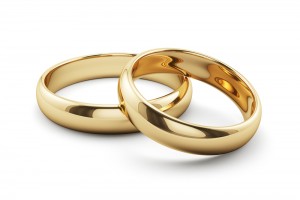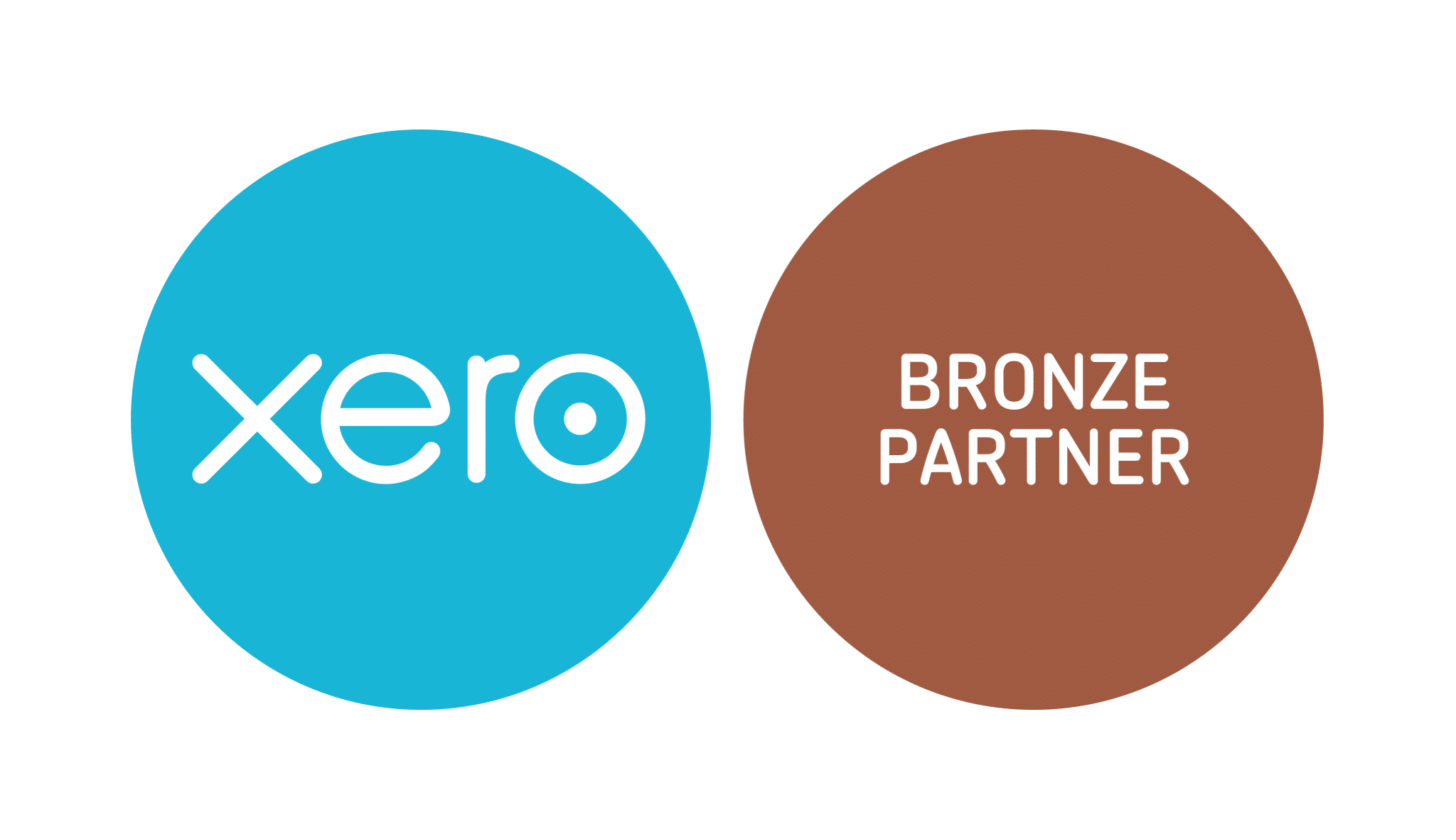How individuals could benefit from the marriage allowance
The marriage allowance enables 10% of one spouse’s annual personal allowance to be transferred to the other spouse, if certain conditions are met.

The marriage allowance is applicable to both married couples and those in civil partnerships and means that an individual not utilising their annual personal allowance could transfer a portion of that allowance to their spouse or civil partner. The 2023-24 personal allowance is £12,570 and so 10% or £1,260 (rounded up to the nearest £10) of this amount is potentially transferable, saving £252 in tax. In order to qualify for the transferable allowance, one partner must have income between £12,571 and £50,270 and the other must have income below the annual personal allowance of £12,570. Income includes earnings from all sources such as employment, self-employment, pensions, rental properties, interest and dividends. The marriage allowance will not be available if either one of the partners is a higher rate taxpayer.
For those that qualify for the allowance, the individual with the lower income will need to elect for a reduced allowance. This can be done on www.gov.uk’s website here and both spouses’ national insurance numbers will be required. If the election is made in the actual tax year concerned, it will continue in future years unless the election is withdrawn in a later year. The claim can also be made up to four years after the end of the tax year and if made retrospectively, it will only apply to the year in which the election was made.
As an example, if John earns £40,000 per year and his wife Lucy earns £10,000 for part-time work, Lucy can elect to transfer £1,260 of her personal allowance to John, which would increase John’s personal allowance for the 2023-24 tax year to £13,830, and save £252 tax. Making this election would change both John and Lucy’s PAYE codes so that their employers deduct the correct amount of tax.




